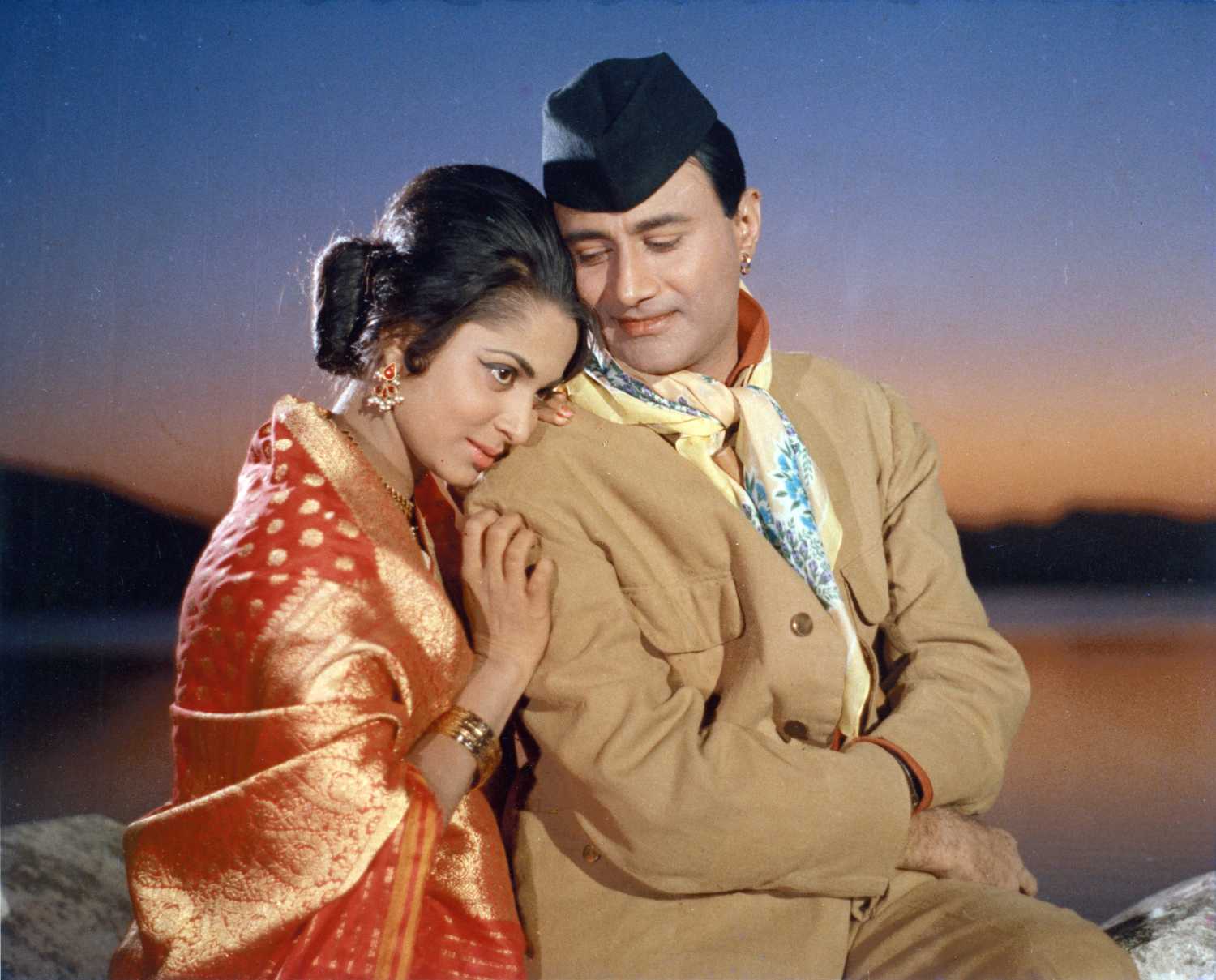Fifty-one years after its release, Guide is remembered more for Dev Anand and Waheeda Rehman than the book is was based upon. On the famed author’s 106th birth anniversary, we take a look at how the film journeyed from the book to the screen.


Sonal Pandya
Just as authors Ernest Hemingway and PL Travers openly denounced their literary works, A Farewell to Arms and Mary Poppins respectively, being given the Hollywood treatment on the big screen, so did writer RK Narayan distance himself from those who wished to give vision to his words. Narayan's award-winning novel, The Guide, first published in 1958, was turned into two films, one for the English audience and one in Hindi for back home. The English version, directed by Tad Danielewski and scripted by Nobel Laureate Pearl S Buck, eventually faded into obscurity while the Hindi version still attracts viewers more than 50 years later with its lead actors' performances, music and bold storytelling.

Narayan, however, despised both adaptations and detailed his journey in the arduous process of turning his novel into a film. Both the English and Hindi versions ignored Narayan's suggestions of how his story should be treated. In his essay, 'Misguided Guide', Narayan wrote: "I began to realise that monologue is the privilege of the filmmaker and that it was futile to try butting in with my own observations. But for some obscure reason, they seemed to need my presence, though not my voice. I must be seen and not heard."

The story's location was changed from the small famous fictional village of Malgudi in southern India to the northern cities of India, Udaipur and Jaipur in Rajasthan. Along the way, the filmmakers lost the main essence of where the story and the characters originated from. An ill-conceived tiger fight sequence was added in the English version, while a justification for the adultery plot, which could be seen as highly controversial in India, was tacked on.

Narayan recounted several anecdotes wherein the baffling process of movie making was brought to light for him. The films became a visual representation of India to the world as much emphasis was placed on that fact that this was an Indian story with an Indian cast presented in Eastman colour on the big screen. Meanwhile, he wondered the lengths the makers took to promote the film's technological features which led them to ignore the necessary parts of the novel, deeming them unsuitable for the final film.

The novel's original ambiguous ending was spelt out in capital letters for the audience. Eventually, Narayan knew it was too late to stop what was happening around him. In the same essay, he recalled, “I trained myself to give up all attempts to connect the film with the book of which I happened to be author of.” One of the book's famous fans, Satyajit Ray told Narayan that he wasn't sure if even he could bring the book to life onscreen.
While the Hindi film was more critically acclaimed than an outright box office success, Vijay Anand's Guide won seven Filmfare awards in 1966; for the first time in history a Hindi film had swept the awards for Best Film, Best Director, Best Actor and Best Actress. And as a fitting endnote to the Hindi film adaptation, RK Narayan won the Filmfare Award for Best Story.





